PPT-Accumulators and
Author : jane-oiler | Published Date : 2017-03-15
UProve Revocation Tolga Acar Intel Sherman SM Chow The Chinese University of Hong Kong Lan Nguyen XCG Microsoft Research Outline Accumulators Definitions and
Presentation Embed Code
Download Presentation
Download Presentation The PPT/PDF document "Accumulators and" is the property of its rightful owner. Permission is granted to download and print the materials on this website for personal, non-commercial use only, and to display it on your personal computer provided you do not modify the materials and that you retain all copyright notices contained in the materials. By downloading content from our website, you accept the terms of this agreement.
Accumulators and: Transcript
Download Rules Of Document
"Accumulators and"The content belongs to its owner. You may download and print it for personal use, without modification, and keep all copyright notices. By downloading, you agree to these terms.
Related Documents

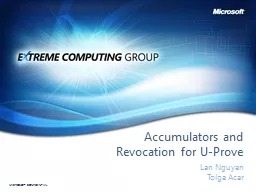


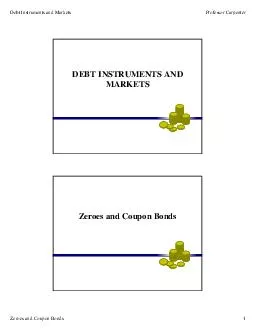

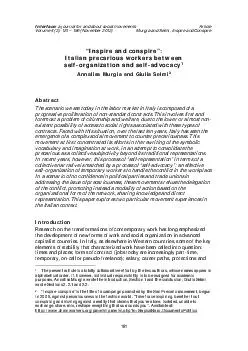

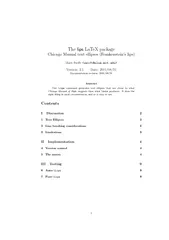
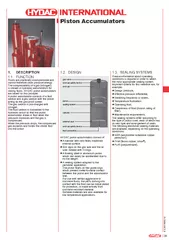

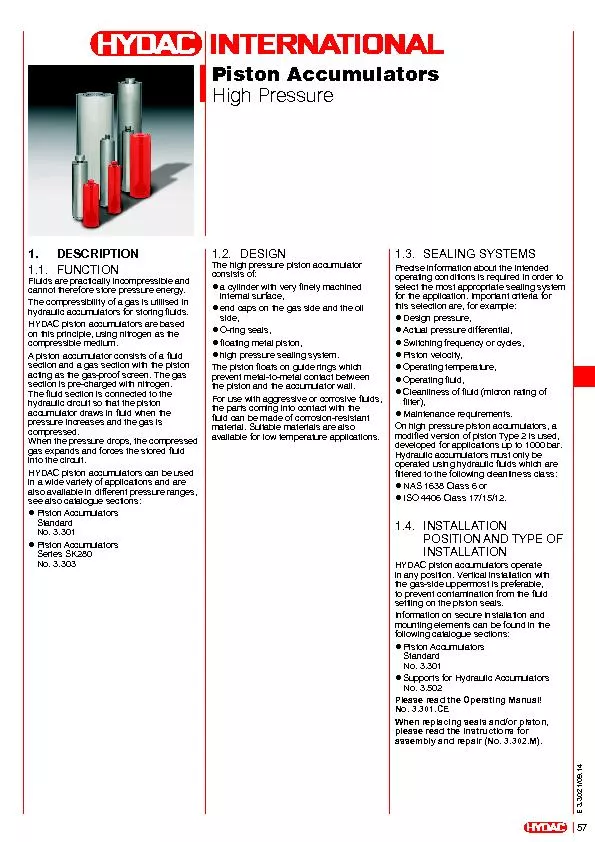
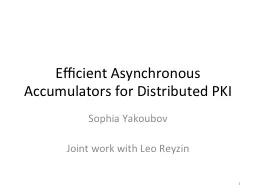
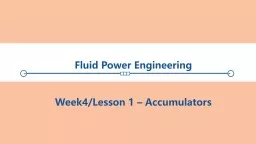
![[DOWNLOAD] Hydraulic Accumulators and Circuits: In the SI Units Industrial Hydraulic Book](https://thumbs.docslides.com/1004988/download-hydraulic-accumulators-and-circuits-in-the-si-units-industrial-hydraulic-book-series-in-the-si-units-5.jpg)